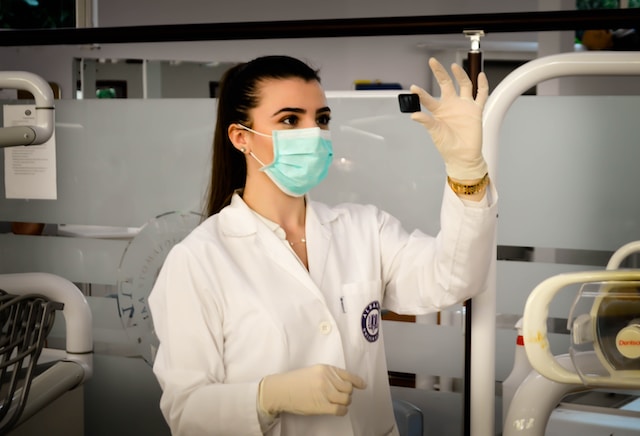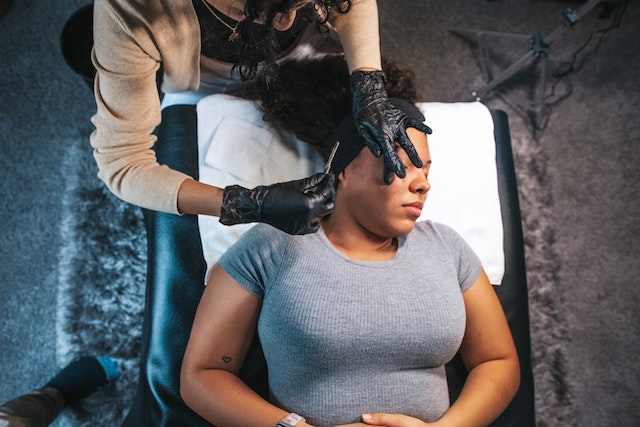It probably won’t surprise you to learn that bringing healthcare products to the market is not as simple as slapping a label on a bottle or making sure that an electronic product turns on. Yes, it’s a multifaceted process that involves meticulous testing and evaluation. The healthcare industry holds a unique responsibility in the market because it has a direct impact on our health and well-being. We buy healthcare products because we believe that they will help us to feel better. That’s a huge amount of trust to place in something, isn’t it?
That’s why such stringent checks are in place to ensure that healthcare products meet the highest standards of safety, quality, and efficacy. It’s also why people get a little cautious when anyone uses phrases like “fast-tracking.” In this article, we will delve into the comprehensive checks that healthcare products must undergo before they hit the shelves, with a specific focus on toxicological testing.
Regulatory Compliance: A Foundation Of Assurance
- Adherence To Regulatory Standards: The healthcare industry operates under incredibly strict regulatory frameworks so that patient safety and product quality are guaranteed. In the UK, we have regulatory bodies like the Medicines and Healthcare Products Regulatory Agency (MHRA) overseeing the approval and monitoring of new healthcare products.
- Preclinical Testing: Any new healthcare product must undergo preclinical testing before it can enter clinical trials or reach patients. This involves in vitro and animal testing to evaluate its safety profile, mechanism of action, and potential risks. It can move onto clinical trials once this stage has been passed.
- Clinical Trials: Clinical trials involve human testing. As you can imagine, these are conducted very carefully. They happen in phases to assess the product’s safety, efficacy, and potential side effects. These trials provide critical data for regulatory submissions and approval.
Toxicological Testing: Ensuring Safety Beyond Doubt
- Understanding Toxicological Testing: Toxicological testing evaluates the potential toxicity or harmful effects of a healthcare product. It checks what impact the product has on living organisms and helps to determine what the safe dosage levels for humans are.
- Different Types Of Testing: Toxicological assessment covers a broad range. It includes (deep breath) acute toxicity testing, sub-chronic and chronic toxicity testing, reproductive and developmental toxicity testing, and genotoxicity testing. These studies will give a comprehensive understanding of how the product impacts a wide range of health aspects.
- Identifying Adverse Effects: The main reason why toxicological testing takes place is so that any adverse effects can be identified. They’re looking for things like organ damage, carcinogenicity, or reproductive toxicity. This information guides the determination of safe usage and helps mitigate potential risks to patients.
- Dose-Response Relationship: Toxicological risk assessment studies often establish the dose-response relationship, which helps determine the threshold at which a substance becomes harmful. This information is critical for setting safe dosage levels for patients.
- Regulatory Requirements: Regulatory agencies require toxicological data to assess the safety of healthcare products. This data is a fundamental component of regulatory submissions and plays a pivotal role in product approvals. If you’re looking for toxicology consulting services, get in touch with the team at Broughton Group. Their expertise can help with the development, manufacture, and post-market compliance requirements of your product.
Manufacturing And Quality Control
- GMP Compliance: Good Manufacturing Practices (GMP) ensure that healthcare products are manufactured consistently and adhere to quality standards. Manufacturing facilities are subject to regular inspections to verify GMP compliance.
- Batch Testing: Each batch of healthcare products must undergo rigorous testing to ensure it meets quality and safety specifications. This includes assessing factors such as potency, purity, and stability.
- Quality Assurance: Quality control measures are in place to monitor the manufacturing process and detect any deviations or inconsistencies. These measures help maintain product integrity and patient safety.
Packaging And Labelling
- Accurate Labelling: Healthcare product packaging and labelling must accurately reflect the product’s contents, usage instructions, dosage, and potential side effects. Misleading or inaccurate labelling can lead to patient confusion and potential harm.
- Child-Resistant Packaging: Certain healthcare products, especially those containing medications, need child-resistant packaging to prevent accidental ingestion by children.
Post-Market Surveillance
- Continuous Monitoring: Once healthcare products are on the market, regulatory agencies and manufacturers engage in post-market surveillance to monitor their safety and efficacy in real-world settings.
- Adverse Event Reporting: Healthcare professionals and patients are encouraged to report any adverse events or side effects associated with the use of a healthcare product. This information helps identify potential safety concerns and triggers appropriate actions.
Wrapping It Up
The journey of a healthcare product from conception to market availability involves an intricate web of checks and balances. Regulatory compliance, toxicological testing, manufacturing quality control, and post-market surveillance are integral components of this process. These checks ensure that healthcare products are safe, effective, and of the highest quality before they reach patients. In a sector where human lives are at stake, the rigorous evaluation of healthcare products is not just a regulatory requirement; it is a moral and professional responsibility. There has been a crisis of faith in the healthcare system lately. The unwavering commitment to these checks remains paramount to maintaining the trust and well-being of patients around the world as the healthcare industry continues to evolve.



